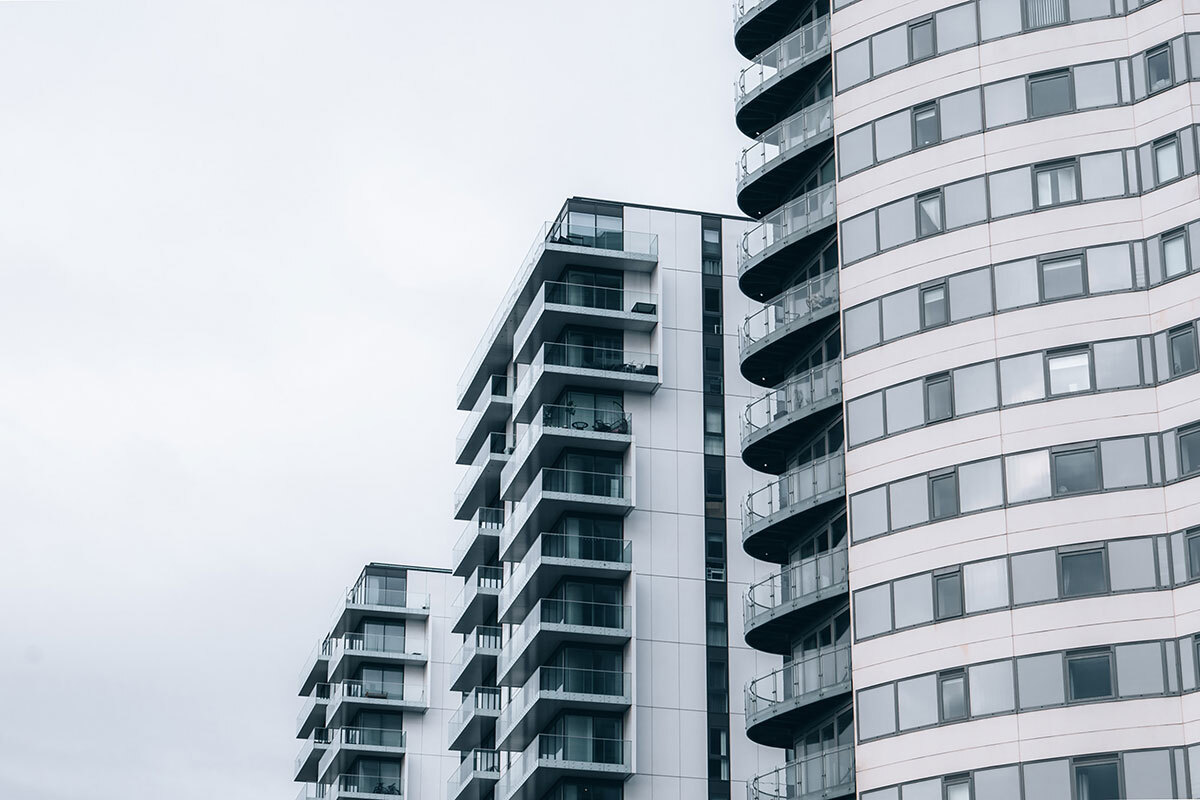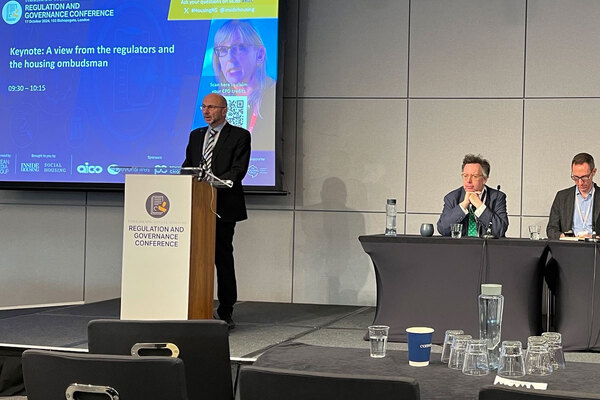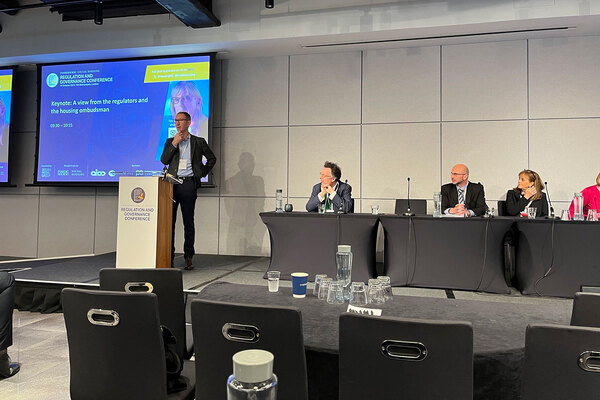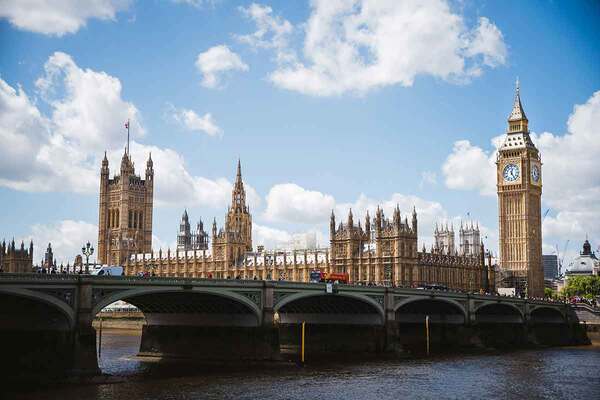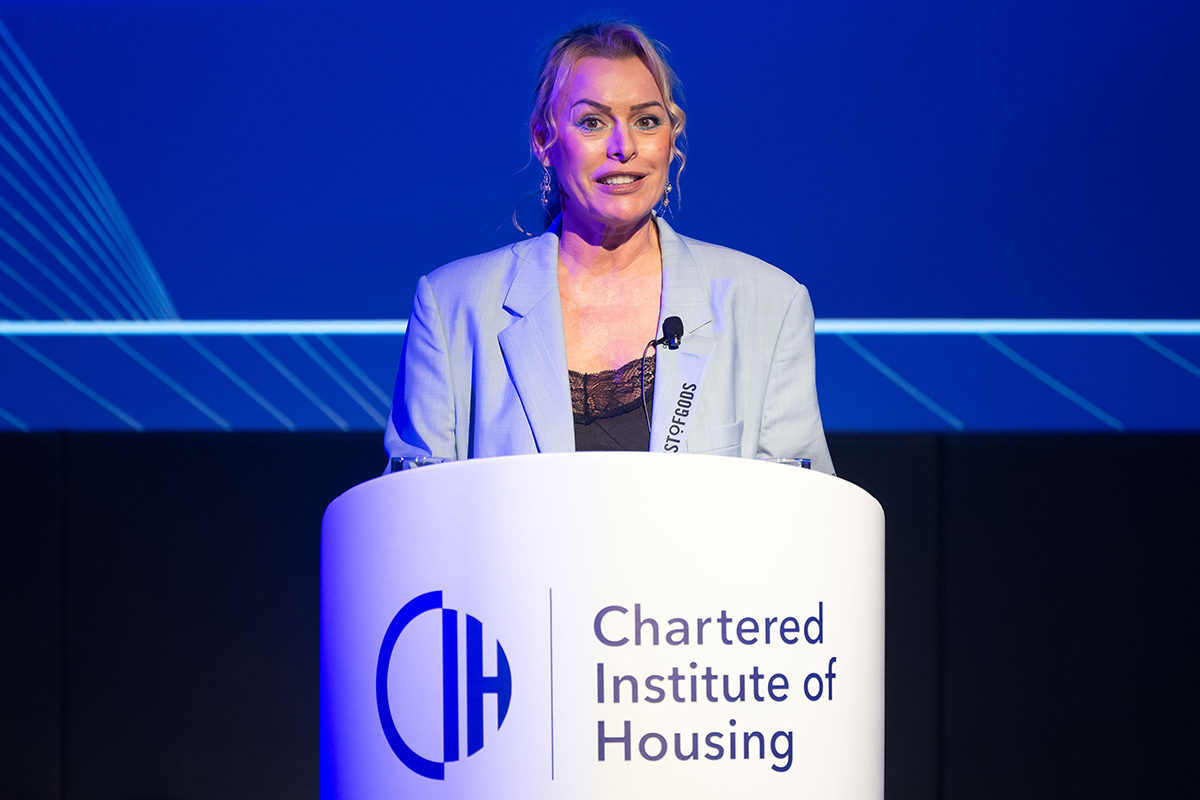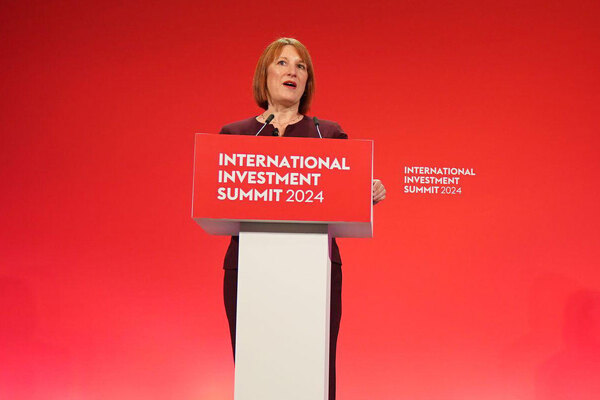You are viewing 1 of your 1 free articles

Matthew Forrest is a partner, and Danielle Ferguson is a senior associate at TLT
What you need to know about the Responsible Actors Scheme
What will the new Responsible Actors Scheme mean for future construction of major developments? Matthew Forrest and Danielle Ferguson explain
The Department for Levelling Up, Housing and Communities (DLUHC) is clear in its determination to hold to account those it deems responsible for building safety defects that give rise to fire risks or impact structural integrity in medium and high-rise residential buildings.
The passing of the Building Safety Act 2022 marked a major step forward, as it empowered leaseholders and landlords alike to take action against the original construction parties and associated companies by introducing a suite of new causes of action, extending limitation periods and introducing new remedies.
Fully aware of the potential cost implications that could deter leaseholders from exercising these newly granted powers and possible legal challenges relating to the retrospective application of the law, on 30 January 2023 DLUHC wrote to major house builders/large developers inviting them to voluntarily sign a remediation contract.
This required them to take responsibility for all necessary work to address life-critical fire safety defects arising from the design and construction of relevant buildings – these are blocks of flats at least 11 metres tall or five storeys high that they developed or refurbished in England over the 30 years prior to June 2022.
In July 2023, the DLUHC introduced the scheme to incentivise these developers to sign the remediation contract and punish those who fail to do so by adding them to the prohibited developers list.
In broad terms, this is aimed at developers/house builders (and any group company):
- Whose principal business is (or was) residential property development
- Have developed or refurbished one or more relevant building in the past 30 years (other than solely as a contractor)
- Had average operating profits for 2017-2019 (inclusive) of £10m or higher (calculated in accordance with the regulations)
- Are not registered providers of social housing
These organisations are eligible (and expected) to apply to become registered as a ‘responsible actor’.
The Building Safety Fund (BSF) has been key in identifying those actors that have developed or refurbished residential buildings that are known to have life-critical fire safety defects. Going forward, the intention is to expand the scheme to include other developers of any defective residential buildings meeting the height requirements.
“Don’t make the mistake of thinking that simply because DLUHC is yet to write to you, you don’t need to consider whether you are eligible”
DLUHC are writing to companies that they believe are eligible and inviting them to join. In order to register as a responsible actor, the actor is required to execute and comply with/discharge its obligations under the remediation contract. This includes refunding DLUHC for any costs paid via the BSF in respect of buildings built by that actor.
Should you receive a letter from DLUHC, then it’s very important you don’t ignore it. This is because if you fail to register when eligible to do so (or your membership is refused/withdrawn), you (and any group company) will be added to the prohibited developers list.
Those on the prohibited developers list will be prohibited from carrying out any major development in England. Major development includes:
- Where residential, the smaller of at least 0.5 hectares in size, or at least 10 dwellings
- Where commercial, developments creating at least 1,000 sqm of floor space (commercial or other)
- In respect of any other development, any development on a size over one hectare in size
Prohibited developers will also be prevented from obtaining building control approval in respect of any work that requires such approval, subject to a couple of exceptions designed to protect third party purchasers.
For developers and house builders, if you have in the past 30 years developed, constructed or refurbished a relevant building, then we recommend you check whether you meet the criteria for joining the scheme. Don’t make the mistake of thinking that simply because DLUHC is yet to write to you, you don’t need to consider whether you are eligible.
“The Building Safety Fund has been key in identifying those actors that have developed or refurbished residential buildings that are known to have life-critical fire safety defects”
What about for funders of major developments? We recommend that you initially write to your existing borrowers and seek confirmation as to whether they have been invited to join the scheme or are eligible to apply to join the scheme, and if so have they/will they?
It would also be worthwhile undertaking a review of your precedent agreements to make your borrower contractually obliged to join the scheme if invited to do so. There needs to be provisions made as to what happens in the event the borrower or a group company of the borrower is placed on the prohibited developers list – this could include termination of the loan facility and/or step in rights to enable the development to be completed by a reputable developer.
When signing off building control, you will need to look at whether or not the applicant is a prohibited developer. It may be a question that needs to be added to any relevant standard form.
You will need to seek comfort that the developer is not a prohibited developer and/or is not subject to the scheme. Where the developer is subject to the scheme, then you may need to ask for confirmation that they have complied with the scheme.
Matthew Forrest, partner; and Danielle Ferguson, senior associate, TLT
Sign up for our fire safety newsletter
Already have an account? Click here to manage your newsletters
